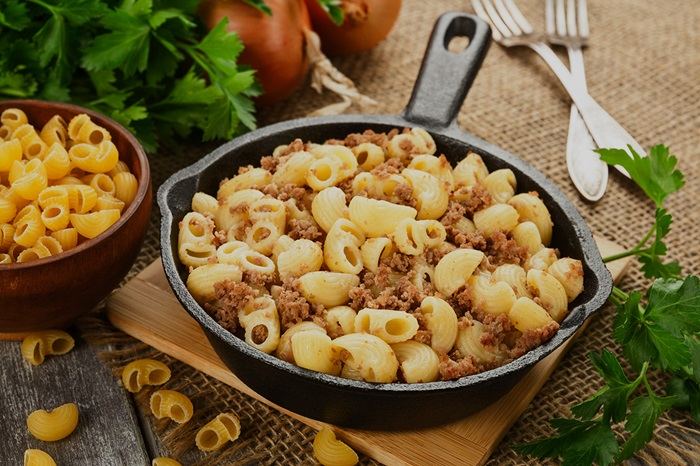In March 2024, data revealed a remarkable increase in Russia’s pasta exports to China. According to official statistics, the volume of pasta shipped from Russia to China has grown by one-third compared to the same period last year. This surge highlights the strengthening trade relationship between the two countries and underscores the growing demand for Russian food products in the Chinese market.
Boosting Trade Relations
The significant rise in pasta exports is part of a broader trend of increased trade between Russia and China. Both nations have been actively seeking ways to diversify their economic partnerships and reduce dependency on other markets. The growth in pasta exports not only benefits Russian producers but also provides Chinese consumers with more choices in imported goods. This mutually beneficial trade relationship is expected to foster further cooperation in various sectors.
Meeting Consumer Demand
Chinese consumers have shown a growing preference for high-quality imported foods, including pasta. Russian pasta, known for its superior quality and competitive pricing, has found a welcoming market in China. The increase in imports reflects this rising demand and the trust Chinese consumers place in Russian products. Retailers and distributors in China are capitalizing on this trend by expanding their offerings of Russian-made pasta brands.
Supporting Agricultural Sector
The boost in pasta exports also supports Russia’s agricultural sector. Pasta production relies heavily on wheat, which is one of Russia’s key crops. Increased export volumes mean higher demand for domestically grown wheat, benefiting farmers and boosting the rural economy. This positive feedback loop helps ensure that Russian agriculture remains robust and competitive on the global stage.
Overcoming Market Challenges
Despite the promising growth, Russian exporters still face challenges in the competitive Chinese market. They must navigate regulatory requirements and maintain strict quality control standards to meet Chinese consumer expectations. Additionally, they need to stay competitive in pricing against other international suppliers. However, the current success suggests that Russian companies are well-positioned to overcome these hurdles.
Future Prospects
Looking ahead, the outlook for Russian pasta exports to China appears bright. Continued economic collaboration between the two countries, along with ongoing efforts to enhance trade efficiency, could lead to even greater export volumes. Russian producers are optimistic about expanding their presence in the Chinese market and exploring new opportunities for growth. The coming years will be crucial in determining how this dynamic trade relationship evolves.
Conclusion
The one-third increase in Russian pasta exports to China signifies a positive trend in bilateral trade. It demonstrates the growing appetite for Russian products among Chinese consumers and highlights the potential for further economic cooperation. As both countries continue to strengthen their ties, the future looks promising for Russian pasta producers and Chinese importers alike.
Related topics:


